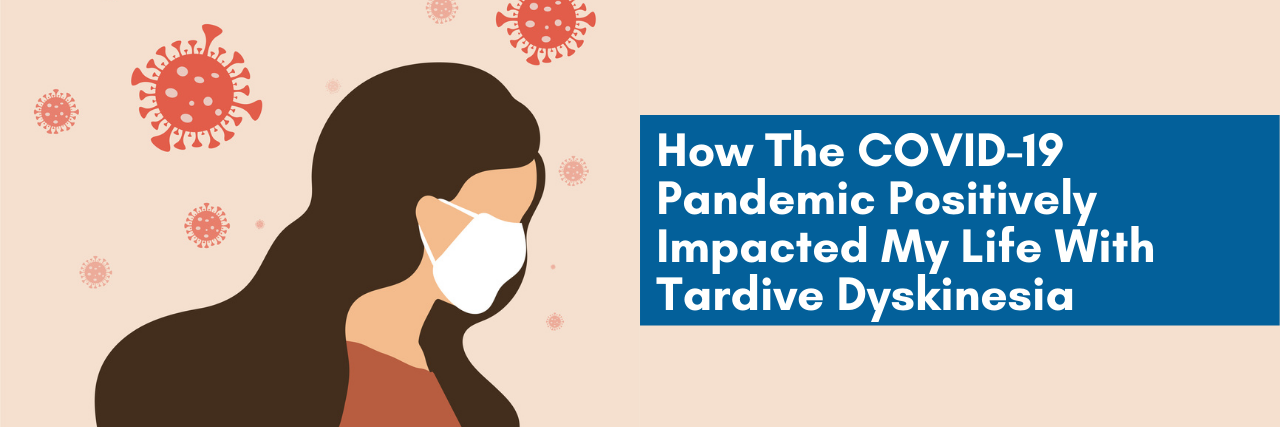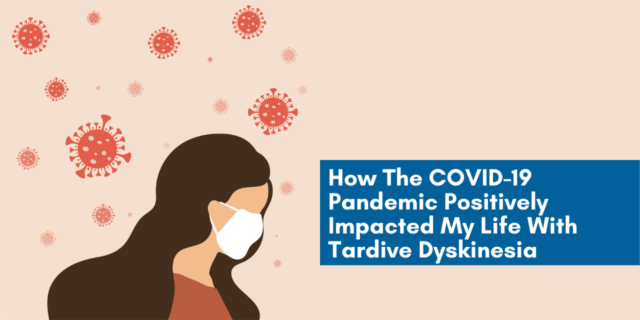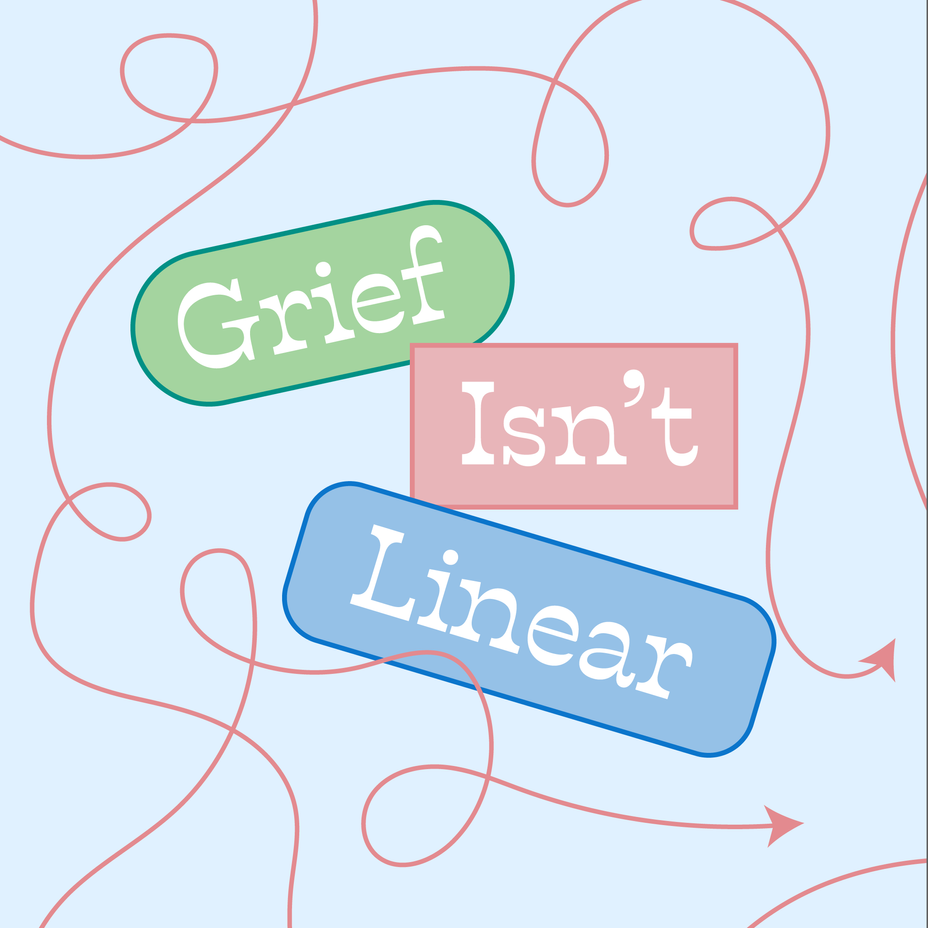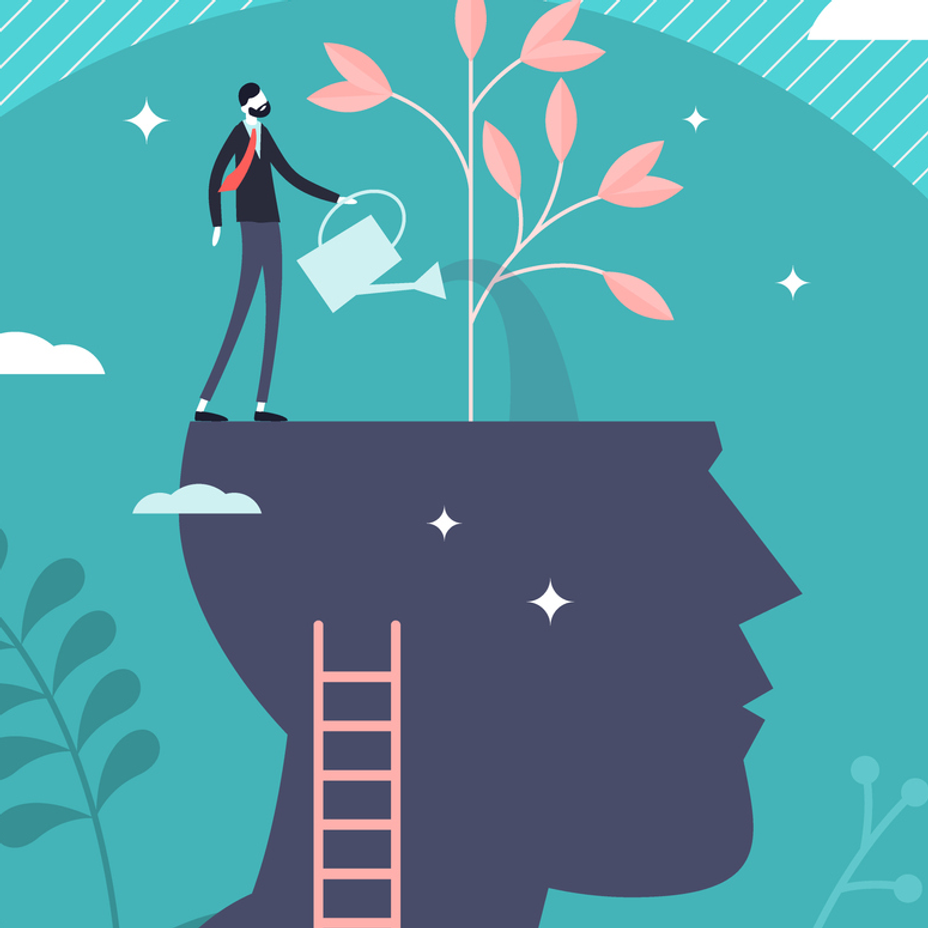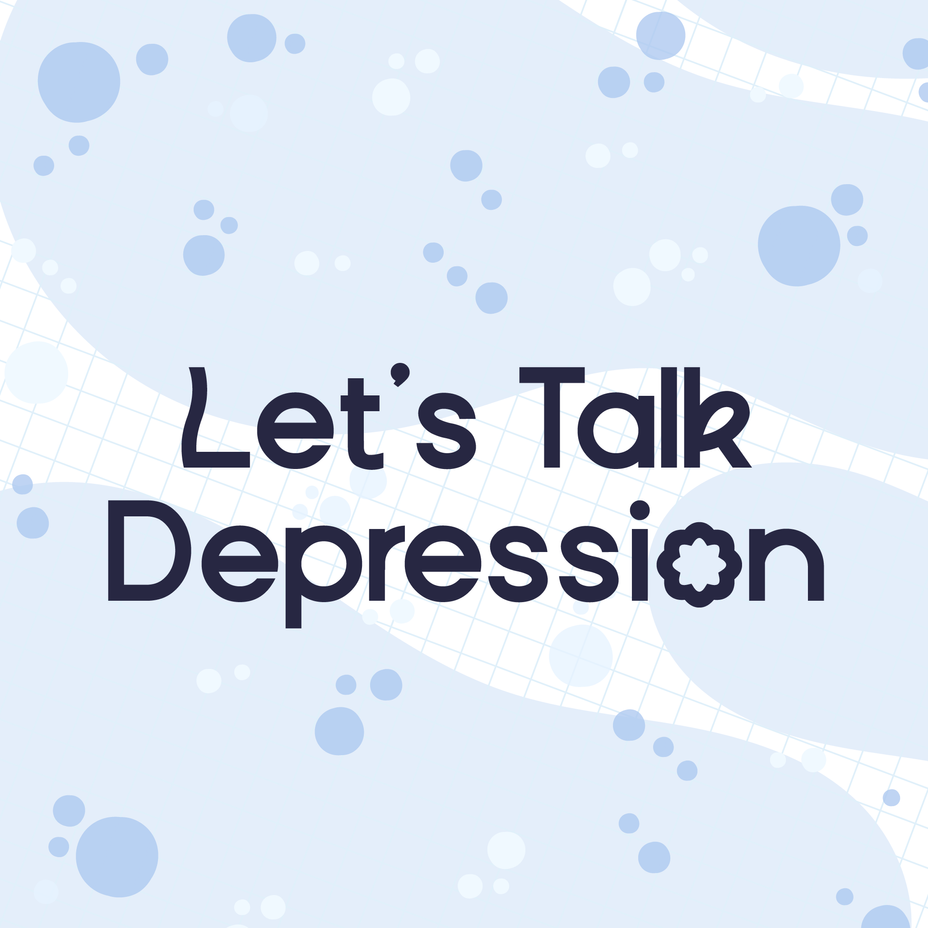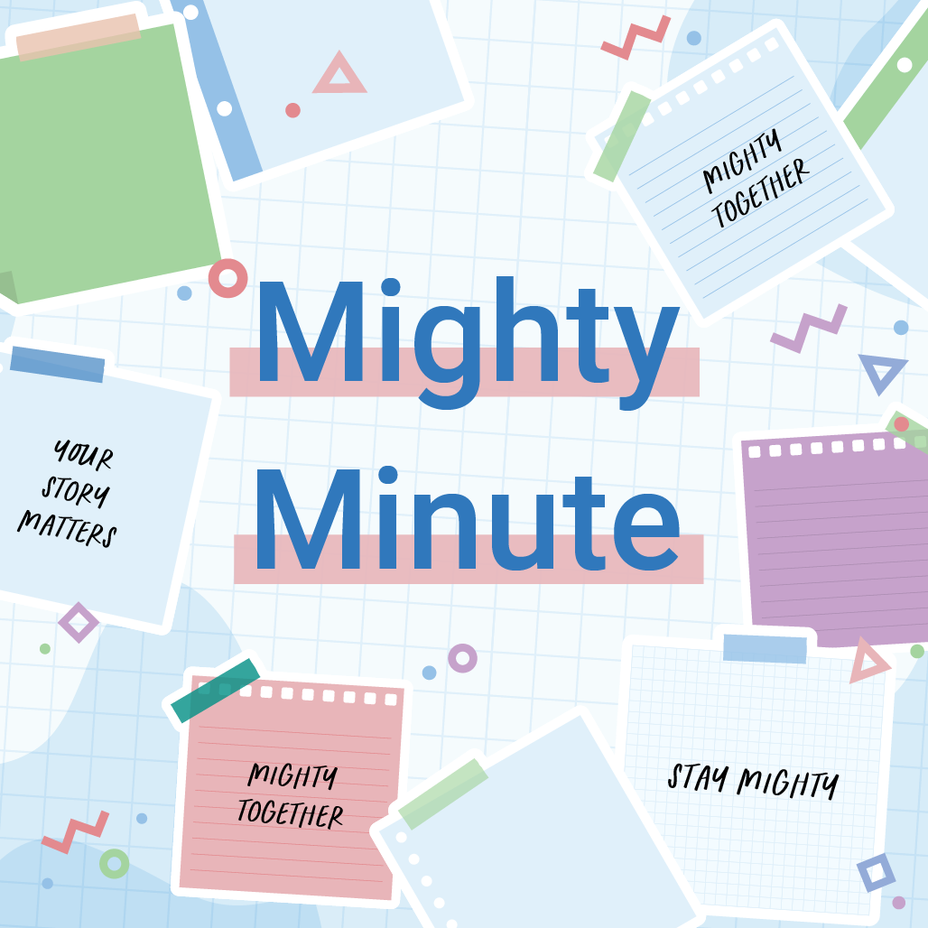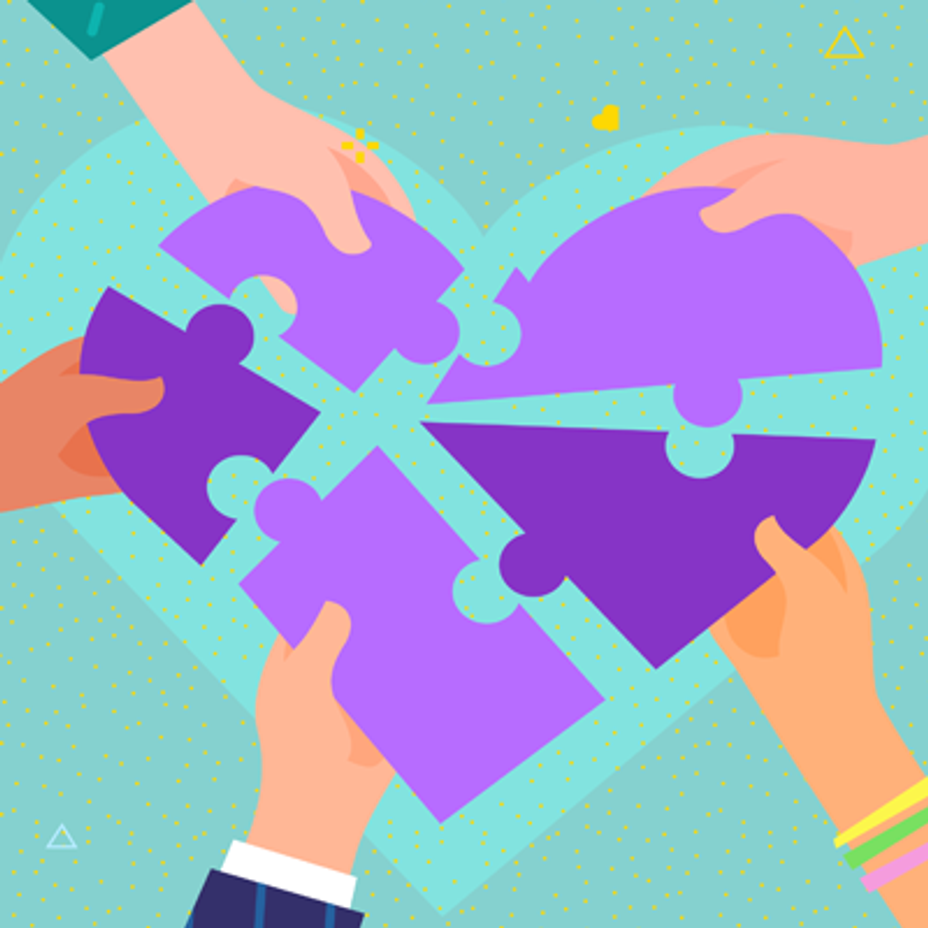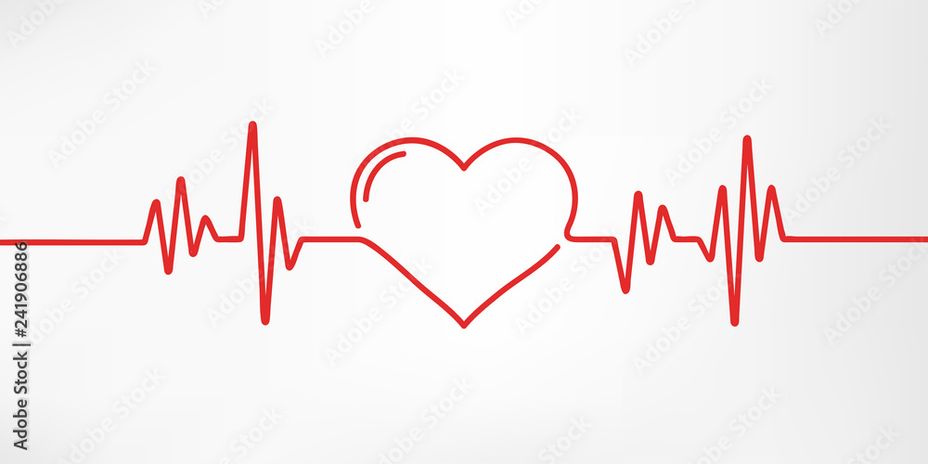There are two types of people in the world.
You have people who can walk into a barbershop with confidence and say, "Just a trim, Mike." It's that effortless for them. They see it as an opportunity to unwind through gossip.
Then there's me.
The kind who sees it as a place where we are judged only on our looks and conversational ease. To me, it feels like a social mountain - one I struggle to climb.
I was reminded of just how steep that climb could be last month, when I caught a glimpse of myself in a storefront window.
My look reminded me of the COVID days. I had gone from 'average middle-aged guy' to 'maybe he's been living in a cave, hiding from the dinosaurs.'
So, I googled the closest barbershop and followed that bossy GPS voice. It was nearby, so I was there in a few minutes.
I cut off the engine and sat parked, staring at the barbershop door through my windshield. Anxiety began to fill the car interior, making it harder to breathe.
My mind continued to send me down the rabbit hole of unknowns: "What if they ask what you do for work? Are you going to tell them you are a professional patient or will you lie?"
"I will say I am in between jobs," I told my reflection in the mirror, hoping for reassurance.
Immediately, it fires back, "And then he'll follow up by asking what jobs, genius! You'll go rogue and blurt out 'taxidermy,' and spend the next hour telling him how to stuff a squirrel!
I close my eyes, hoping to extinguish my internal flame. With shallow breathing and shaky limbs, I finally muster enough courage to head inside.
"DING!"
The door swung open and chimed loudly, announcing my entrance to a packed room.
For most, a crowded barbershop represents a small inconvenience. To me, it means a room full of strangers who almost instantly notice my clothes, my hair, and maybe even my breath.
I slinked past the crowd to the first empty chair. The guy beside me browsed a magazine, cool as a cucumber. Me? New Year's had come early - fireworks were going off in my head.
My anxiety broke when a voice called, "Hey, you're up." The barber looked like a magazine cover with his perfect hairline and oiled beard. Inferior - didn't even begin to describe how I felt.
After a few awkward moments of eye contact, into the barber chair I went. He threw the black cloak across me, and the situation was no longer avoidable.
To understand true vulnerability, try sitting in a barber chair with your limbs pinned down as a stranger holds a razor inches from your neck. This is true vulnerability.
"What are we doing today?" he asked.
My mind went blank, just tumbleweeds.
"Uh… just shorter?" I finally managed to say.
"Okay. So trimmed on top with a number two on the sides?"
"Yes." Then, for some reason not fully understood, even to this day, I added, "A number two for a number one guy!"
Why had I said that? I wished I could disappear. The barber had stopped in his tracks and was smirking, like to say, 'Buddy, are you trying to make this uncomfortable?'
The fact is, I despise small talk. I'd rather jump into shark-infested waters than be vulnerable with a stranger.
But today I was trapped, and the next question hit like a Mike Tyson right hook, "Do you work around here? What do you do?"
The word "Taxidermy" appeared again, but I resisted. At this point, the sweat was starting to trickle down my spine, and my anxiety levels were reaching high alert.
"I'm actually on medical leave," I answered hesitantly, hoping he wouldn't have a follow-up. Spoiler alert, he did.
"Oh yeah? That's tough. Anything serious?"
Suddenly, my mind was racing again: "How can I explain everything to him? I don't have half the hair needed for that amount of conversation. I only wanted to get a haircut, not therapy!"
I finally said the only words I could think of, "Just some engine trouble."
Realising he had no context for this, I pointed to my chest with clarification, "My heart was being lazy, so I ordered a pacemaker."
He chuckled. "I understand. I had a bypass last year. We are lucky to live in the world of modern technology, my friend."
With this, the wall of judgment that I had manifested came crashing down. I was no longer under the spotlight. We were equals, just two men with repaired hearts.
We talked for the following fifteen minutes, sharing stories of our favorite hospital attire and cuisine. Suddenly, I felt accepted, no longer a pariah.
Before I knew it, the haircut was over. (I didn't even have time for my 'stolen Jell-O cup' story!)
He lowered the chair and spun me around. I caught a glimpse in the mirror, and I looked human again. The weightlessness of my hair became a metaphor for the fear that had just left my body.
As I stood up to pay, I abruptly remembered the black gown was still on.
I tried to rip it off, but my foot was still on the fabric, in essence performing my own rug pull. Without grace, I two-stepped towards the product display, almost taking it down with me.
The shop fell silent - and right on cue, the head of my anxiety dragon roared back to life, blowing flames of self-doubt.
"WHAT ARE YOU DOING? EVERYONE'S WATCHING! YOU'RE A GROWN MAN LOSING A WRESTLING MATCH TO A TABLECLOTH!"
I froze as the blood rushed to my face. The whole room stared at a grown man who looked like a toddler trapped in a blanket, waiting to be scolded.
But I was forty years old, and I was done being slapped on the wrist by my own mind. At that moment, my inner strength took over - pushing my insecurities to the back of the line.
Anxiety was trying to write my script, but I own the pen. I am the author of my own life, and I will control how this story ends.
Wanting to break the silence, I exclaimed to the room, "I think you took off too much; it put me out of balance!"
The barber paused and then roared with laughter. The man with the magazine chuckled, and even I couldn't help but snicker. Not that it was funny, but just out of shock that I thought of anything at all.
I paid my bill and left a good tip, hoping it might ease the blow of my near-disaster. Then I stepped outside, the crisp air cooling my scalp and my nerves.
Eventually, I slid back into my car, fully expecting my body to go into escape mode. But to my surprise, the mountain I had built now looked very small in the rearview mirror.
By sharing my truth, I wasn't exiled, but instead, met with a similar story to mine. I had stepped out of my comfort zone and actually enjoyed it. For the first time in a long time, I felt accepted.
As it turns out, the plot is much simpler than I thought. This is what I am still learning at age forty: the events in your daily life are rarely a priority for anyone but yourself.
The truth is, most people won't even notice you - and if they do, they're probably happy to see you.
In this moment, my mind had convinced me that stepping out from behind the shadows was an invitation to disaster.
You see, our minds are master manipulators. They like to pull the strings by painting a scary picture of the world. Although I promise, if given a chance, it is a much kinder place than we are led to believe.
The "What-ifs" paralyse all of us. We hide in our homes, convinced the world is too big and too risky, and that imperfection makes us unworthy.
Perfection, though? It's only a myth. No man or woman is perfect. We all come flawed, but beautifully so.
I came in as a caveman who felt like a nobody, but ended the day as a sharp-looking man who knew his own strength. All because I chose to show my face to the world.
And guess what? The world actually liked me.
Now it's time for you to emerge from the shadows.
Allow the world to welcome you with open arms.
Live your own barbershop moment.
Love always,
Adam
#MentalHealth #SocialAnxiety #Anxiety #Depression #ChronicIllness
